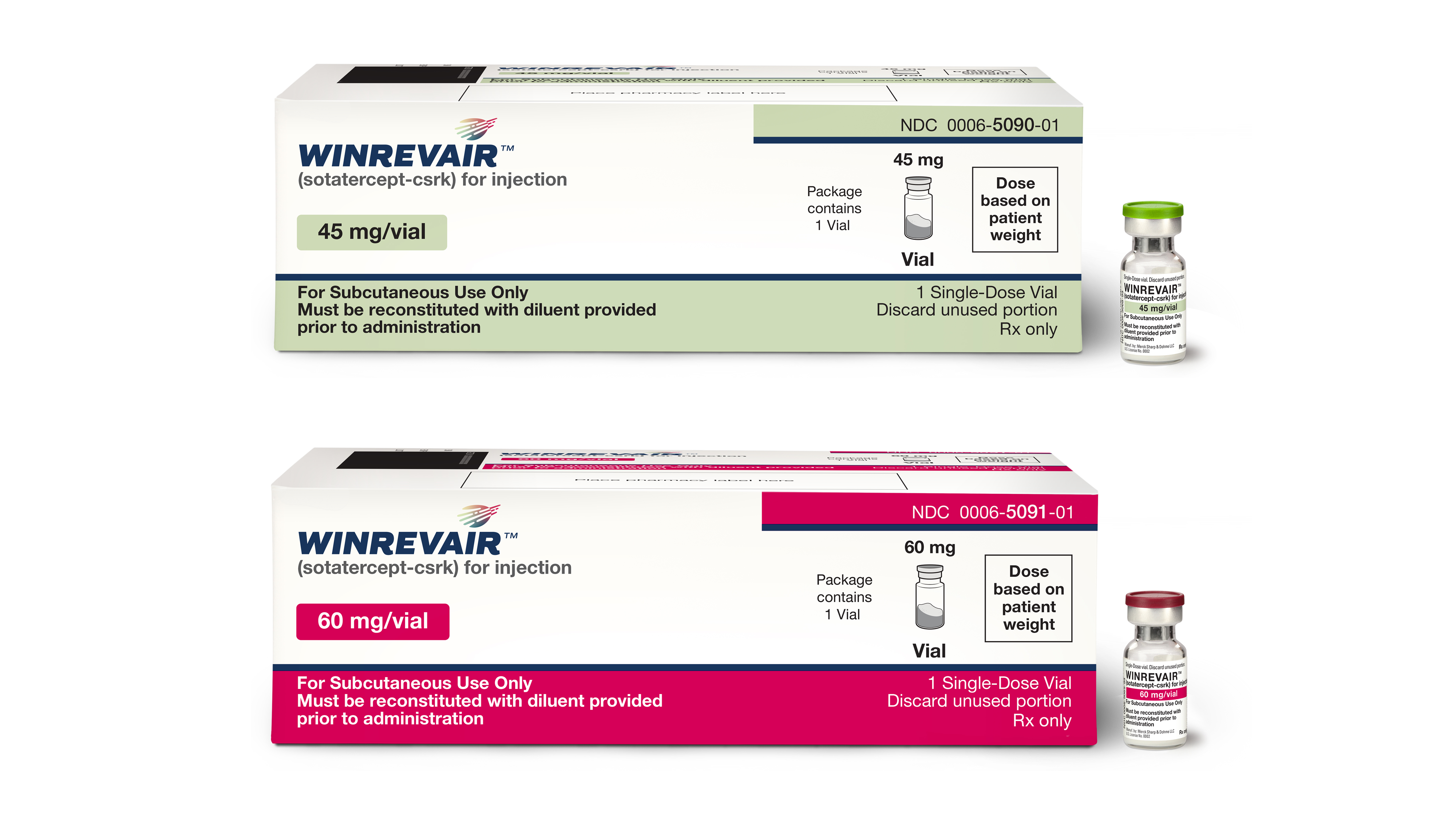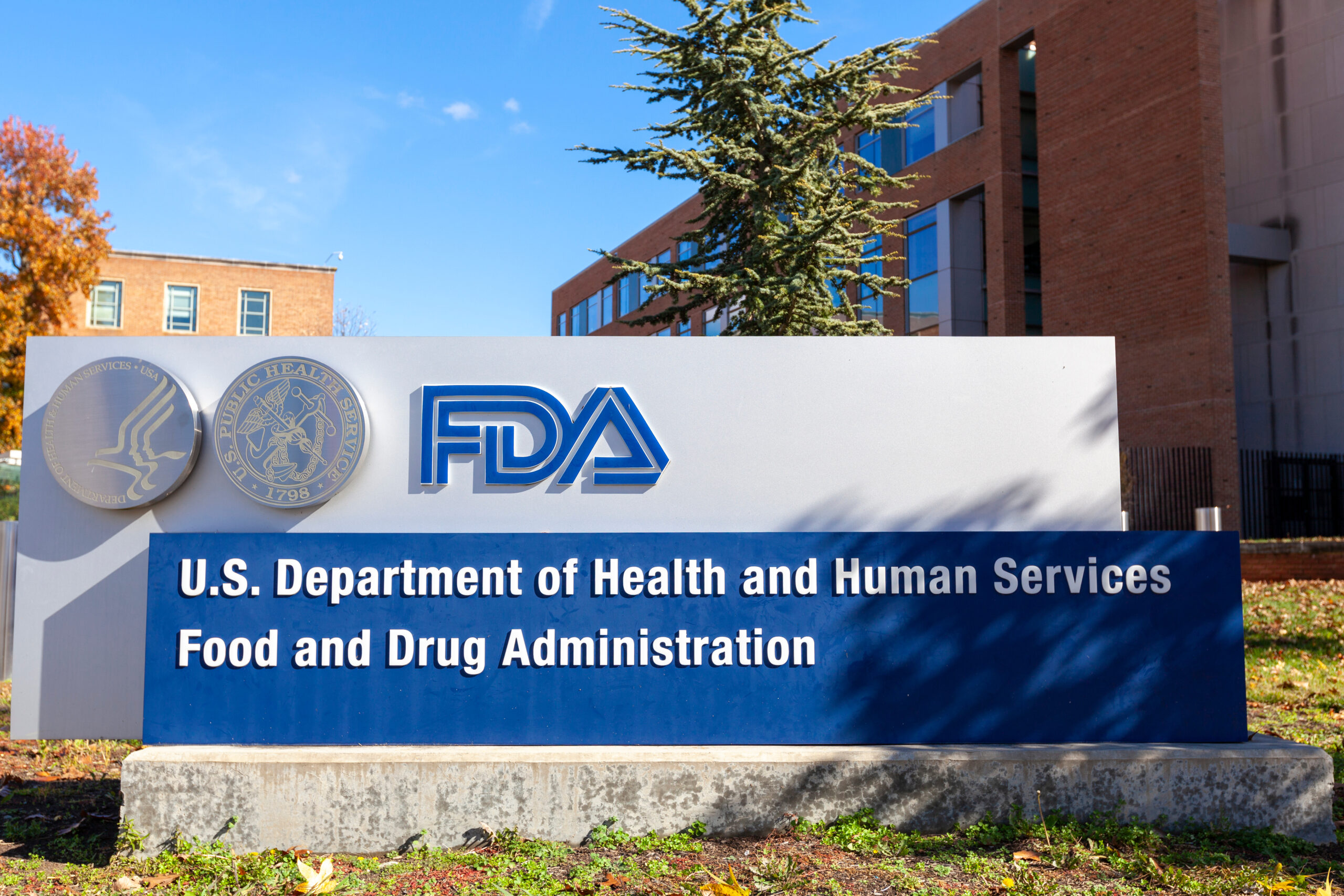Investigational new drugs that could fill an unmet medical need are sometimes granted “Accelerated Approval” by the US Food and Drug Administration (FDA) in an effort to make these medicines available to the patients who need them. This regulatory pathway allows pharmaceutical companies to be granted approval based on the use of surrogate endpoints, provided that the sponsor agrees to conduct post-marketing studies to confirm the clinical benefit of the drug.
To determine whether drugmakers are following through with these Phase IV clinical trials after they receive Accelerated Approval, researchers from Brigham and Women’s Hospital and the London School of Economics and Political Science decided to study drugs approved between 2009 and 2013. In total, 22 drugs received FDA Accelerated Approval status during that time, and the regulatory agency required the pharmaceutical companies to conduct 38 post-approval studies assessing the safety and efficacy of these medicines.
The researcher’s findings were surprising: only half of the required post-approval studies had been completed in the three years after the last drug was approved. Many of the trials that were underway were still found to rely on surrogate endpoints – those that don’t necessarily align with clinical changes – and the sponsors did not conduct a larger proportion of blinded or randomized trials, compared to the pre-approval studies.
In all, the post-approval study designs were similar to those used for the pre-approval research. The researchers published their findings in JAMA.
“One might expect Accelerated Approval confirmatory trials to be much more rigorous than the pre-approval trials,” said senior study author Dr. Aaron S. Kesselheim, of the BWH Division of Pharmacoepidemiology and Pharmacoeconomics. “But we found that there were few differences in these key design features of the trials conducted before or after approval.”
Kesselheim says that the FDA should provide a report detailing what’s lacking in the pre-approval studies to provide drugmakers with information on what will need to be done in post-approval studies. In this way, both the drugmakers and regulatory agency will be sure that drugs approved through this accelerated pathway will have the required safety and efficacy profiles.
“It is important to use clinical endpoints in testing investigational drugs whenever possible because there are numerous cases of drugs approved on the basis of a surrogate measure that turn out to later not effect actual clinical outcomes – or even make them worse,” said Kesselheim.












Join or login to leave a comment
JOIN LOGIN